

Dell Shifts vRAN into High Gear on PowerEdge with Intel vRAN Boost
Thu, 17 Aug 2023 18:33:05 -0000
|Read Time: 0 minutes
What has past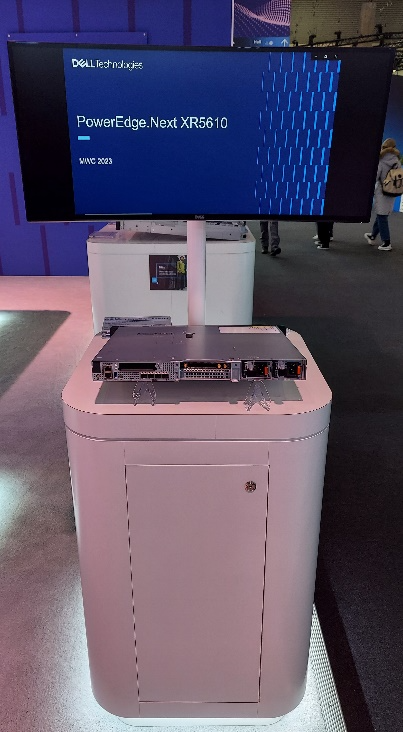
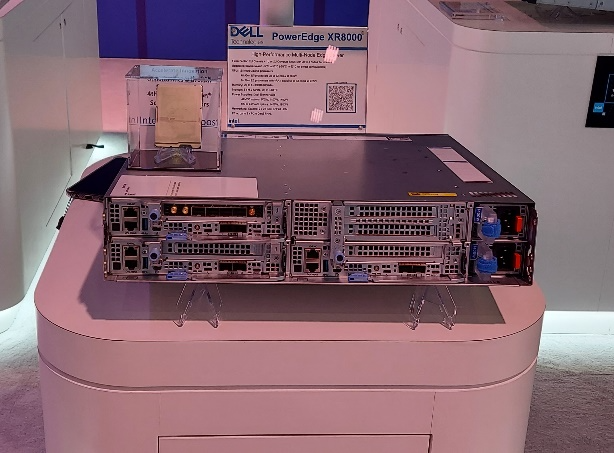
Mobile World Congress 2023 was an important event for both Dell Technologies and Intel that marked a true foundational turning point for vRAN viability. At this event, Intel launched its 4th Gen Intel Xeon Scalable processor, with Intel vRAN Boost, and Dell announced two new ruggedized server platforms, the PowerEdge XR5610 and XR8000, with support for vRAN Boost CPU SKUs.
The features and capabilities of the PowerEdge XR5610 and XR8000 have been highlighted in previous blogs and both have been available to order since May 2023. These new ruggedized servers have been evaluated and adopted as Cloud RAN reference platforms by NEPs such as Samsung and Ericsson. Short-depth, NEBS certified and TCO-optimized, these servers are purpose-built for the demanding deployment environments of Mobile Operators and are now married to the Intel vRAN Boost processor to provide a powerful and efficient alternative to classical appliance options.
What is now
Starting August 16, 2023, the 4th Gen Intel Xeon Scalable processor with Intel vRAN Boost is available to order with the PowerEdge XR5610 and XR8000. These two critical pieces of the vRAN puzzle have been brought together and are now available to order from our PowerEdge XR Rugged Servers page with the following CPU SKUs.
| CPU SKU | Cores | Base Freq. | TDP |
|---|---|---|---|
6433 N | 32 | 2.0 | 205 W |
5423 N | 20 | 2.1 | 145 W |
6423 N | 28 | 2.0 | 195 W |
6403 N | 24 | 1.9 | 185 W |
Table 1. Intel vRAN Boost SKUs available today from Dell
Additional details on these new CPU SKUs and all 4th Gen Intel® Xeon® Scalable processors can be found on the Intel Ark Site.
These processors, with Intel vRAN Boost, integrate key acceleration blocks for 4G and 5G Radio Layer 1 processing into the CPU. These include:
- 5G Low Density Parity Check (LDPC) encoder/decoder
- 4G Turbo encoder/decoder
- Rate match/dematch
- Hybrid Automatic Repeat
- Request (HARQ) with access to DDR memory for buffer management
- Fast Fourier Transform (FFT) block providing DFT/iDFT for the 5G Sounding Reference Signal (SRS)
- Queue Manager (QMGR)
- DMA subsystem
One of the most interesting features of the vRAN Boost CPU is how this acceleration block is accessed by software. Although it is integrated on-chip with the CPU, the vRAN Boost block still presents itself to the Cores/OS as a PCIe device. The genius of this approach is in software compatibility. Virtual Distributed Unit (vDU) applications written for the previous generation HW will access the new vRAN Boost block using the same standardized, open APIs that were developed for the previous generation product. This creates a platform that can support past, present (and possibly future) generations of Intel’s vRAN optimized HW with the same software image.
What is to come
Prior to vRAN Boost, the reference architecture for vDU was a 3rd Gen Intel Xeon Scalable processor along with a FEC/LDPC accelerator, such as the Intel vRAN Accelerator ACC100 Adapter, and most today’s vRAN deployments can be found with this configuration. While the ACC100 does meet the L1 acceleration needs of vRAN it does this at a price, in terms of the space of an HHHL PCIe card and at the cost of an additional 54 W of power consumed (and cooled). In addition, using a PCIe interface will further reduce additional I/O expansion options and impact the ability to scale in-chassis due to slot count – both of which are alleviated with vRAN Boost.
With the new Intel vRAN Boost processors’ fully integrated acceleration, Intel has taken a huge step in closing the performance gap with purpose-built hardware, while remaining true to the “Open” in O-RAN.
Intel says that, compared to the previous generation, the new Intel vRAN Boost processor delivers up to 2x capacity and ~ 20% compute power savings compared to its previous generation processor with ACC100 external acceleration. At the Cell Site, where every watt is counted, operators are constantly exploring opportunities to reduce both power consumption and the associated “cooling tax” of keeping the HW in its operational range, typically within a sealed environment.
Dell and Intel have worked together to provide early access Intel vRAN Boost provisioned XR5610s and XR8000s to multiple partners and customers for integration, evaluation, and proof-of-concepts. One early evaluator, Deutsche Telekom, states:
“Deutsche Telekom recently conducted a performance evaluation of Dell’s PowerEdge XR5610 server, based on Intel’s 4th Gen Intel Xeon Scalable processor with Intel vRAN Boost. Testing under selected scenarios concluded a 2x capacity gain, using approximately 20% less power versus the previous generation. We aim to leverage these significant performance gains on our journey to vRAN.”
-- Petr Ledl , Vice President of Network Trials and Integration Lab and Access Disaggregation Chief Architect, Deutsche Telekom AG
With such a solid industry foundation of the telecom-optimized PowerEdge XR5610s/XR8000s, and 4th Gen Intel Xeon Scalable processors with Intel vRAN Boost, expect to see accelerated deployments of open, vRAN-based infrastructure solutions.
Related Blog Posts

MLPerf™ Inference v4.0 Performance on Dell PowerEdge R760xa and R7615 Servers with NVIDIA L40S GPUs
Fri, 05 Apr 2024 17:41:56 -0000
|Read Time: 0 minutes
Abstract
Dell Technologies recently submitted results to the MLPerf™ Inference v4.0 benchmark suite. This blog highlights Dell Technologies’ closed division submission made for the Dell PowerEdge R760xa, Dell PowerEdge R7615, and Dell PowerEdge R750xa servers with NVIDIA L40S and NVIDIA A100 GPUs.
Introduction
This blog provides relevant conclusions about the performance improvements that are achieved on the PowerEdge R760xa and R7615 servers with the NVIDIA L40S GPU compared to the PowerEdge R750xa server with the NVIDIA A100 GPU. In the following comparisons, we held the GPU constant across the PowerEdge R760xa and PowerEdge R7615 servers to show the excellent performance of the NVIDIA L40S GPU. Additionally, we also compared the PowerEdge R750xa server with the NVIDIA A100 GPU to its successor the PowerEdge R760xa server with the NVIDIA L40S GPU.
System Under Test configuration
The following table shows the System Under Test (SUT) configuration for the PowerEdge servers.
Table 1: SUT configuration of the Dell PowerEdge R750xa, R760xa, and R7615 servers for MLPerf Inference v4.0
Server | PowerEdge R750xa | PowerEdge R760xa | PowerEdge R7615 |
MLPerf Version | V4.0
| ||
GPU | NVIDIA A100 PCIe 80 GB | NVIDIA L40S
| |
Number of GPUs | 4 | 2 | |
MLPerf System ID | R750xa_A100_PCIe_80GBx4_TRT | R760xa_L40Sx4_TRT | R7615_L40Sx2_TRT
|
CPU | 2 x Intel Xeon Gold 6338 CPU @ 2.00GHz | 2 x Intel Xeon Platinum 8470Q | 1 x AMD EPYC 9354 32-Core Processor |
Memory | 512 GB | ||
Software Stack | TensorRT 9.3.0 CUDA 12.2 cuDNN 8.9.2 Driver 535.54.03 / 535.104.12 DALI 1.28.0 | ||
The following table lists the technical specifications of the NVIDIA L40S and NVIDIA A100 GPUs.
Table 2: Technical specifications of the NVIDIA A100 and NVIDIA L40S GPUs
Model | NVIDIA A100 | NVIDIA L40S | ||
Form factor | SXM4 | PCIe Gen4 | PCIe Gen4 | |
GPU architecture | Ampere | Ada Lovelace | ||
CUDA cores | 6912 | 18176 | ||
Memory size | 80 GB | 48 GB | ||
Memory type | HBM2e | HBM2e | ||
Base clock | 1275 MHz | 1065 MHz | 1110 MHz | |
Boost clock | 1410 MHz | 2520 MHz | ||
Memory clock | 1593 MHz | 1512 MHz | 2250 MHz | |
MIG support | Yes | No | ||
Peak memory bandwidth | 2039 GB/s | 1935 GB/s | 864 GB/s | |
Total board power | 500 W | 300 W | 350 W | |
Dell PowerEdge R760xa server
The PowerEdge R760xa server shines as an Artificial Intelligence (AI) workload server with its cutting-edge inferencing capabilities. This server represents the pinnacle of performance in the AI inferencing space with its processing prowess enabled by Intel Xeon Platinum processors and NVIDIA L40S GPUs. Coupled with NVIDIA TensorRT and CUDA 12.2, the PowerEdge R760xa server is positioned perfectly for any AI workload including, but not limited to, Large Language Models, computer vision, Natural Language Processing, robotics, and edge computing. Whether you are processing image recognition tasks, natural language understanding, or deep learning models, the PowerEdge R760xa server provides the computational muscle for reliable, precise, and fast results.
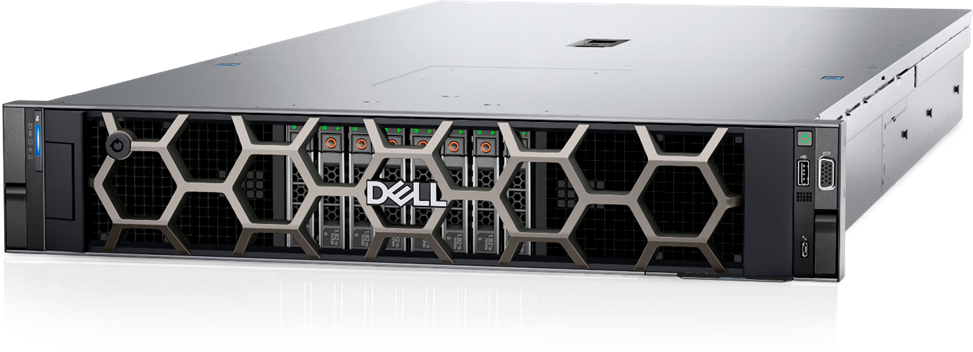
Figure 1: Front view of the Dell PowerEdge R760xa server
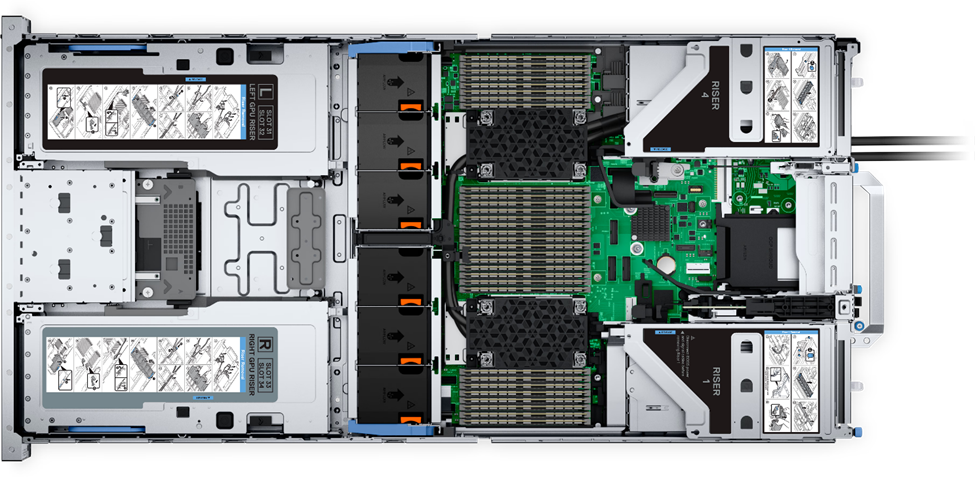
Figure 2: Top view of the Dell PowerEdge R760xa server
Dell PowerEdge R7615 server
The PowerEdge R7615 server stands out as an excellent choice for AI, machine learning (ML), and deep learning (DL) workloads due to its robust performance capabilities and optimized architecture. With its powerful processing capabilities including up to three NVIDIA L40S GPUs supported by TensorRT, this server can handle complex neural network inference and training tasks with ease. Powered by a single AMD EPYC processor, this server performs well for any demanding AI workloads.

Figure 3: Front view of the Dell PowerEdge R7615 server
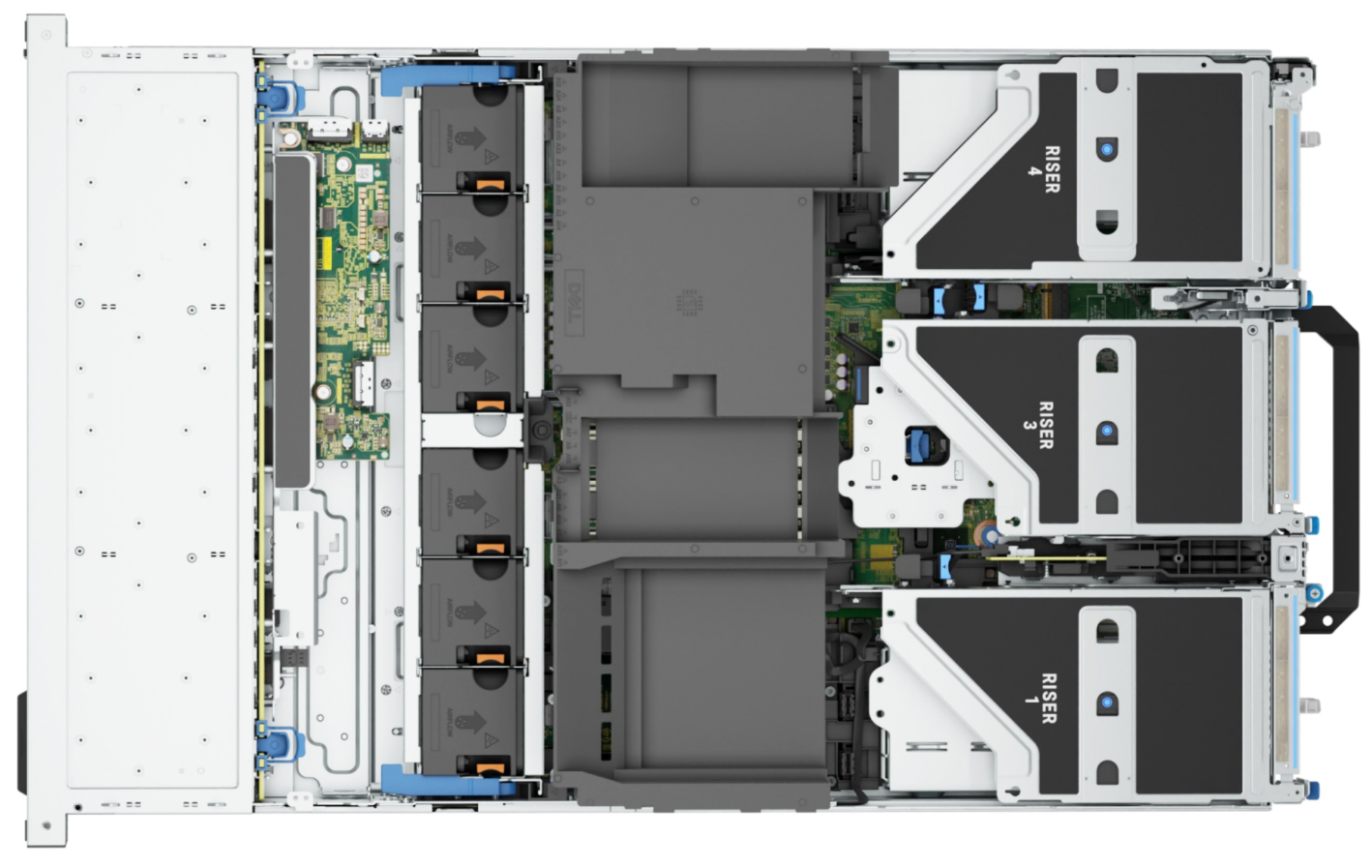
Figure 4: Top view of the Dell PowerEdge R7615 server
Dell PowerEdge R750xa server
The PowerEdge R750xa server is a perfect blend of technological prowess and innovation. This server is equipped with Intel Xeon Gold processors and the latest NVIDIA GPUs. The PowerEdge R760xa server is designed for the most demanding AI, ML, and DL workloads as it is compatible with the latest NVIDIA TensorRT engine and CUDA version. With up to nine PCIe Gen4 slots and availability in a 1U or 2U configuration, the PowerEdge R750xa server is an excellent option for any demanding workload.
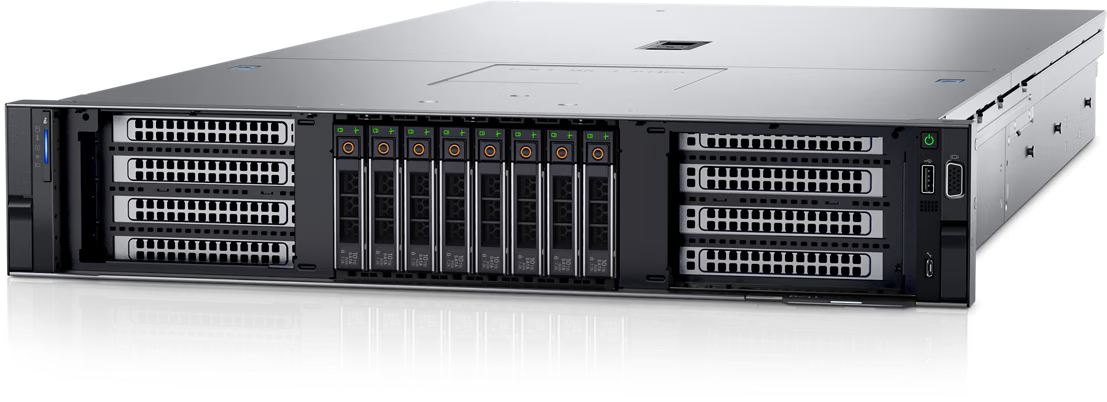
Figure 5: Front view of the Dell PowerEdge R750xa server
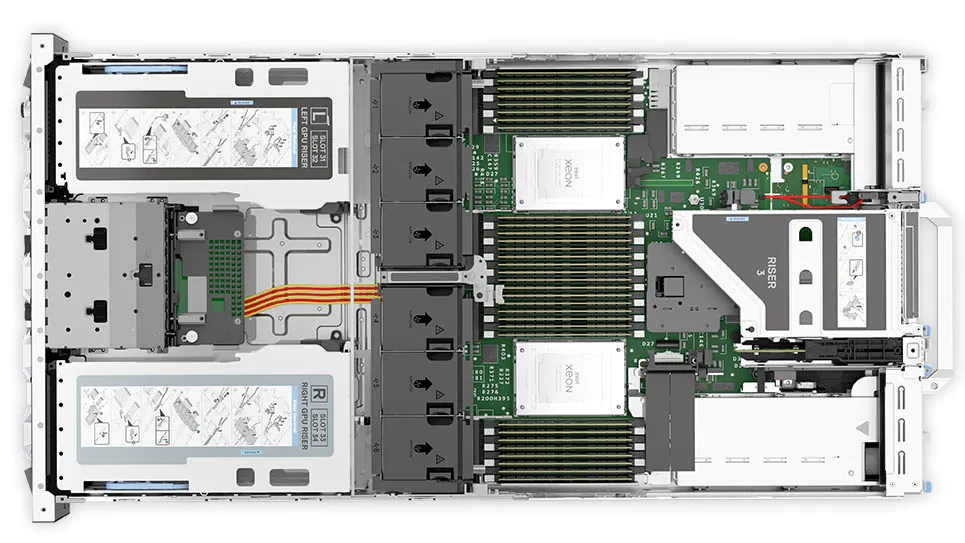
Figure 6: Top view of the Dell PowerEdge R750xa server
Performance results
Classical Deep Learning models performance
The following figure presents the results as a ratio of normalized numbers over the Dell PowerEdge R750xa server with four NVIDIA A100 GPUs. This result provides an easy-to-read comparison of three systems and several benchmarks.
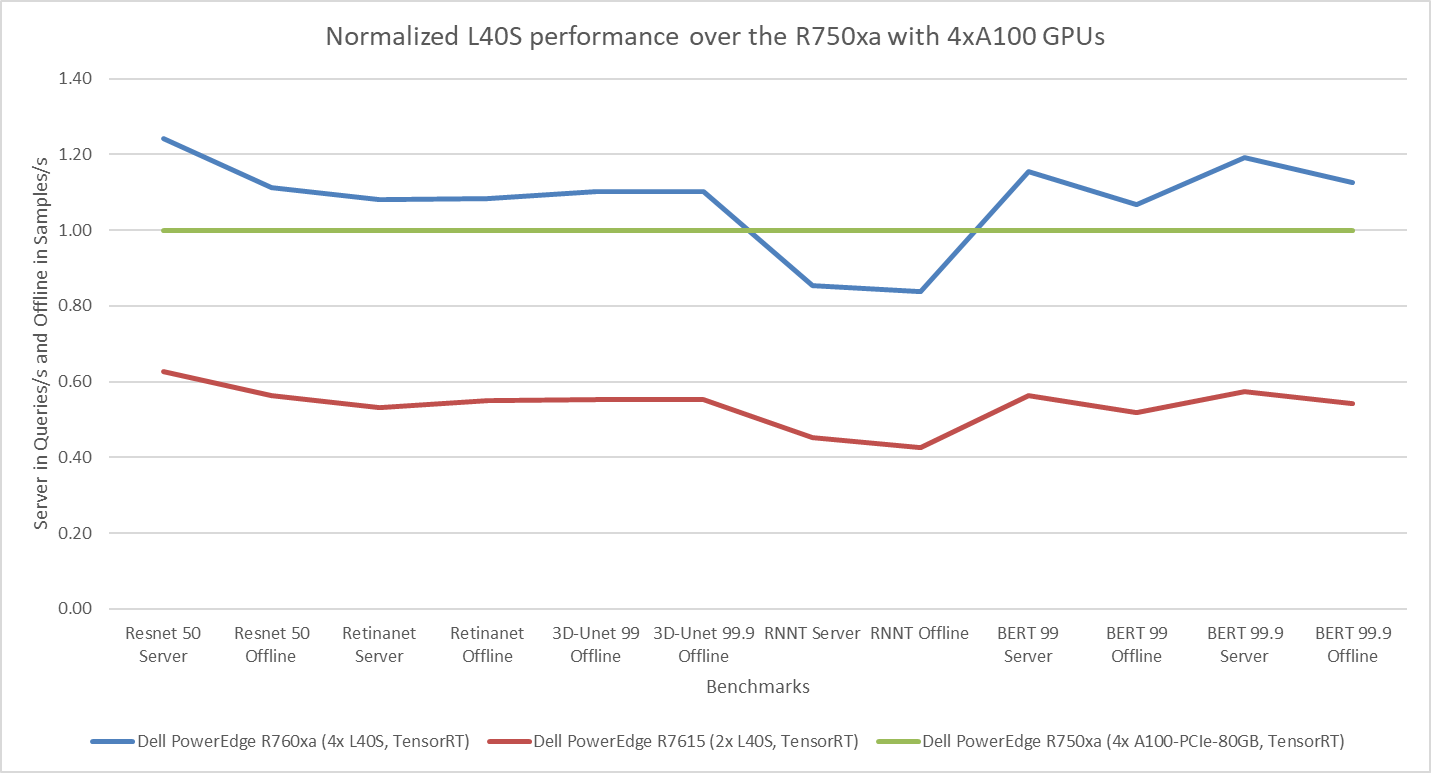
Figure 7: Normalized NVIDIA L40S GPU performance over the PowerEdge R750xa server with four A100 GPUs
The green trendline represents the performance of the Dell PowerEdge R750xa server with four NVIDIA A100 GPUs. With a score of 1.00 for each benchmark value, the results have been divided by themselves to serve as the baseline in green for this comparison. The blue trendline represents the performance of the PowerEdge R760xa server with four NVIDIA L40S GPUs that has been normalized by dividing each benchmark result by the corresponding score achieved by the PowerEdge R750xa server. In most cases, the performance achieved on the PowerEdge R760xa server outshines the results of the PowerEdge R750xa server with NVIDIA A100 GPUs, proving the expected improvements from the NVIDIA L40S GPU. The red trendline has also been normalized over the PowerEdge R750xa server and represents the performance of the PowerEdge R7615 server with two NVIDIA L40S GPUs. It is interesting that the red line almost mimics the blue line. This result suggests that the PowerEdge R7615 server, despite having half the compute resources, still performs comparably well in most cases, showing its efficiency.
Generative AI performance
The latest submission saw the introduction of the new Stable Diffusion XL benchmark. In the context of generative AI, stable diffusion is a text to image model that generates coherent image samples. This result is achieved gradually by refining and spreading out information throughout the generation process. Consider the example of dropping food coloring into a large bucket of water. Initially, only a small, concentrated portion of the water turns color, but gradually the coloring is evenly distributed in the bucket.
The following table shows the excellent performance of the PowerEdge R760xa server with the powerful NVIDIA L40S GPU for the GPT-J and Stable Diffusion XL benchmarks. The PowerEdge R760xa takes the top spot in GPT-J and Stable Diffusion XL when compared to other NVIDIA L40S results.
Table 3: Benchmark results for the PowerEdge R760xa server with the NVIDIA L40S GPU
Benchmark | Dell PowerEdge R760xa L40S result (Server in Queries/s and Offline in Samples/s) | Dell’s % gain to the next best non-Dell results (%) |
Stable Diffusion XL Server | 0.65 | 5.24 |
Stable Diffusion XL Offline | 0.67 | 2.28 |
GPT-J 99 Server | 12.75 | 4.33 |
GPT-J 99 Offline | 12.61 | 1.88 |
GPT-J 99.9 Server | 12.75 | 4.33 |
GPT-J 99.9 Offline | 12.61 | 1.88 |
Conclusion
The MLPerf Inference submissions elicit insightful like-to-like comparisons. This blog highlights the impressive performance of the NVIDIA L40S GPU in the Dell PowerEdge R760xa and PowerEdge R7615 servers. Both servers performed well when compared to the performance of the Dell PowerEdge R750xa server with the NVIDIA A100 GPU. The outstanding performance improvements in the NVIDIA L40S GPU coupled with the Dell PowerEdge server position Dell customers to succeed in AI workloads. With the advent of the GPT-J and Stable diffusion XL Models, the Dell PowerEdge server is well positioned to handle Generative AI workloads.

Defining the future of O-RAN Management with Vodafone, Amdocs, and Dell Technologies
Thu, 22 Feb 2024 13:08:00 -0000
|Read Time: 0 minutes
Seizing the initiative to define the future of Open RAN management
The transformative journey of communication service provider (CSP) networks has reached a new, exciting stage. As operators increasingly adopt cloud technologies and embrace disaggregated architecture, the O-RAN Alliance is leading an expansion into the radio access network (RAN) realm. By disrupting the traditional RAN landscape, O-RAN is driving the industry towards a software-driven approach that leverages diverse software and hardware from multiple vendors to achieve the best possible outcomes. The goal is to create integrated, tested and certified solutions that deliver lower total cost of ownership (TCO) and amplified innovation.
With over 40 years’ industry expertise, Amdocs is a leading provider of software and services to communications and media companies. The company offers market-leading capabilities for service providers’ operations support systems (OSS) and radio access networks (RANs), and has delivered proven solutions in network management, planning, and optimization. To meet emerging challenges, Amdocs also strongly collaborates with leading industry organizations like the Telecom Infra Project and the O-RAN Alliance.
Dell Technologies is a global leader in digital transformation and infrastructure. Its products are widely utilized by global telecom operators in network and IT infrastructure, ranging from purpose-built telecom servers to cloud-native orchestration and infrastructure automation solutions. The company also offers bundled solutions developed in close collaboration with a diverse ecosystem of partners in O-Cloud and workload layers, and has extensive representation in key industry forums, including the O-RAN Alliance, Telecom Infra Project, and 3GPP.
To advance a shared vision for O-RAN management, our two companies have partnered to enable cloud transformations throughout the industry. For example, consider Amdocs Service Management and Orchestration (SMO) for O-RAN, whose capabilities include orchestration, inventory and assurance for any managed element, including x/rAPPs.
While Amdocs offering supports any O-Cloud, across bare metal and CaaS, when integrated with Dell Telecom Infrastructure Automation Suite, it supports deployments on Dell Technology’s industry-leading telecom servers, as well as O-Cloud layer software, provided by partner organizations. This integration enables CSPs to rapidly provision, manage, and monitor their O-Cloud infrastructure, and simplify the lifecycle management of infrastructure nodes in a dynamic, disaggregated network. A proof of concept (PoC) showcasing this solution's capabilities is currently underway at Vodafone Group, encompassing both immediate use cases and a roadmap of forward-looking scenarios.
Bringing efficiencies to O-RAN with Service Management and Orchestration (SMO)
Service Management and Orchestration (SMO) is a key pillar in service and network orchestration, addressing specific CSP needs. By operating across multiple hierarchies, SMO efficiently manages multi-vendor, multi-technology entities with varying lifecycles. Furthermore, by focusing on cloud infrastructure, virtualized and containerized cloud-native functions (CNFs), it’s fully aligned with the industry’s developing architecture, seamlessly integrating with, and actively contributing to O-RAN standards and interfaces.
Amdocs SMO provides all the capabilities required to manage O-RAN. It supports the end-to-end lifecycle of the network, including design and onboarding, orchestration and management, inventory, and assurance processes. This approach also extends to embracing the openness and disaggregated approach of O-RAN, with support for heterogeneous multi-technology, multi-vendor networks – bringing CSPs cost efficiencies and empowering innovation.
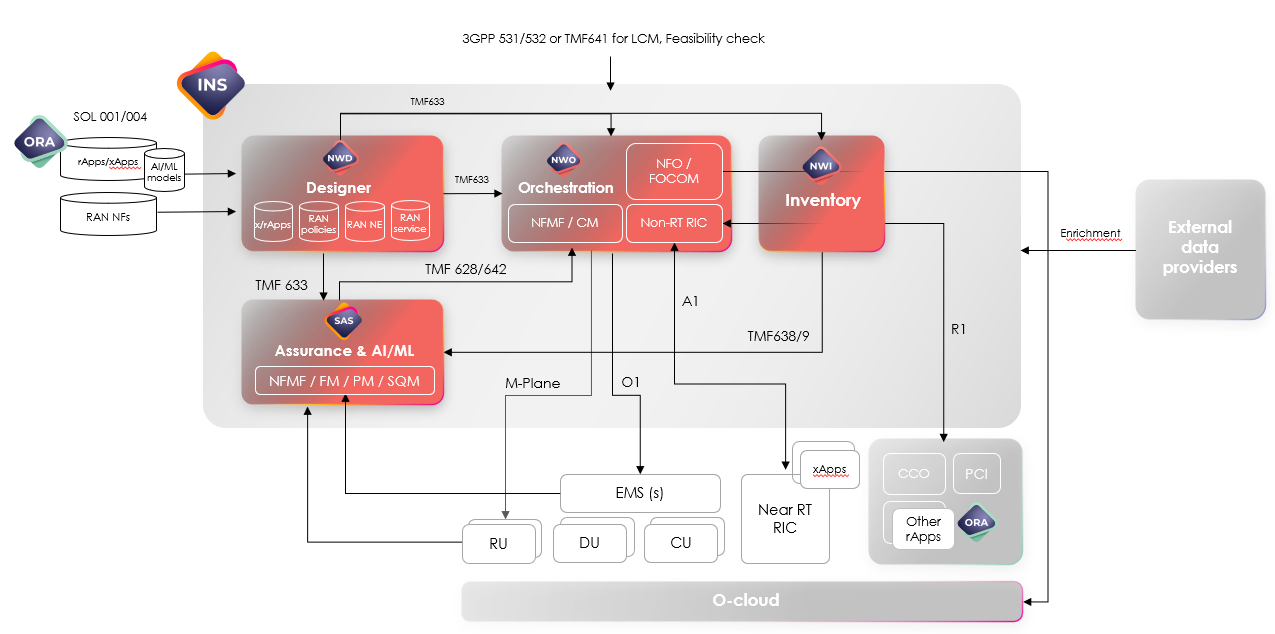
Figure 1 Amdocs Service Management and Orchestration Solution Overview
Amdocs’ SMO supports a diverse set of use cases, from O-RAN network rollout, network slicing and O-RAN energy efficiency savings, to assurance and closed-loop operations. Furthermore, it’s instrumental in simplifying the rollout process, addressing challenges presented by the disaggregated, multi-vendor nature of O-RAN.
Post-rollout too, SMO plays a pivotal role managing each individual network slice, ensuring RAN performance, maintaining service-level objectives and undertaking corrective actions. This is achieved by leveraging standard FM, PM, SQM capabilities, as well as O-RAN apps, which are deployed within both the Non-RT RIC (rApps) and
Near-RT RIC (xApps) to support different optimization use cases. Throughout, the solution fully adheres to O-RAN specifications and standards.
Streamlining with Infrastructure and O-Cloud automation
Dell Technologies Infrastructure Automation Suite helps to simplify and automate infrastructure management in disaggregated networks, allowing CSPs to seamlessly provision, manage and monitor their infrastructure. In addition to operating based on the O-RAN O2-IMS and O2-DMS APIs, the Suite provides an open, model-driven framework for a ubiquitous single point of control. This suite then serves as the unified entry and exit point for automated deployment and orchestration of multi-site and multi-vendor infrastructure, as well as streamlined day 2 lifecycle management, including updates and upgrades.
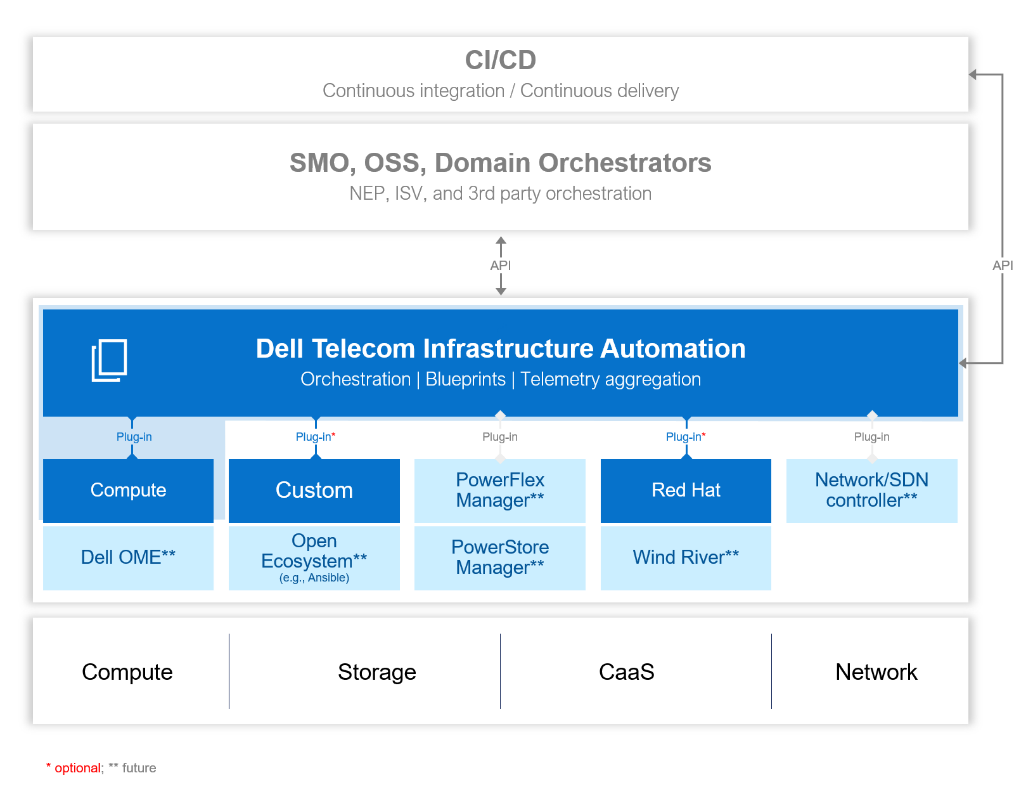
Figure 2 Dell Telecom Infrastructure Automation Suite
Dell Telecom Infrastructure Automation Suite’s open and extensible architecture serves as the driving force behind O-RAN infrastructure automation. It includes a comprehensive set of components, including full orchestration, data-driven telemetry of cloud infrastructure, resource controllers, API adaptors, a user interface and a single pane of glass for complete cloud infrastructure.
Importantly, the suite, with its open declarative automation framework, also delivers support for cloud infrastructure operations, lower infrastructure total cost of ownership (TCO), accelerated time to market (TTM)/time to repair (TTR), and a modular, extensible architecture to avoid vendor lock-in.
A ground-breaking proof of concept with Vodafone
A main takeaway from our collaboration with Vodafone was that the ability to replace manual processes with zero-touch operations would represent a real game changer. To showcase this vision, Amdocs and Dell Technologies set the goal of building a proof-of-concept (PoC) that would achieve this objective. Taking an end-to-end distributed zero-touch deployment approach, we set out to build a model that significantly reduces the time to bring new sites and services online. Ultimately, Vodafone also seeks to automate the radio network rollout and validate the joint solution’s ability to manage a hybrid, multi-vendor, and disaggregated O-RAN network.
For this PoC, a joint blueprint was created, whereby Amdocs would manage SMO and system integration, with Dell overseeing O-Cloud and infrastructure (including bare metal) layers, and Radisys providing O-RAN CNFs. Additional software will include Red Hat® OpenShift®, a hybrid cloud application platform powered by Kubernetes, as a CaaS platform and Open Telemetry for performance metrics in CaaS.
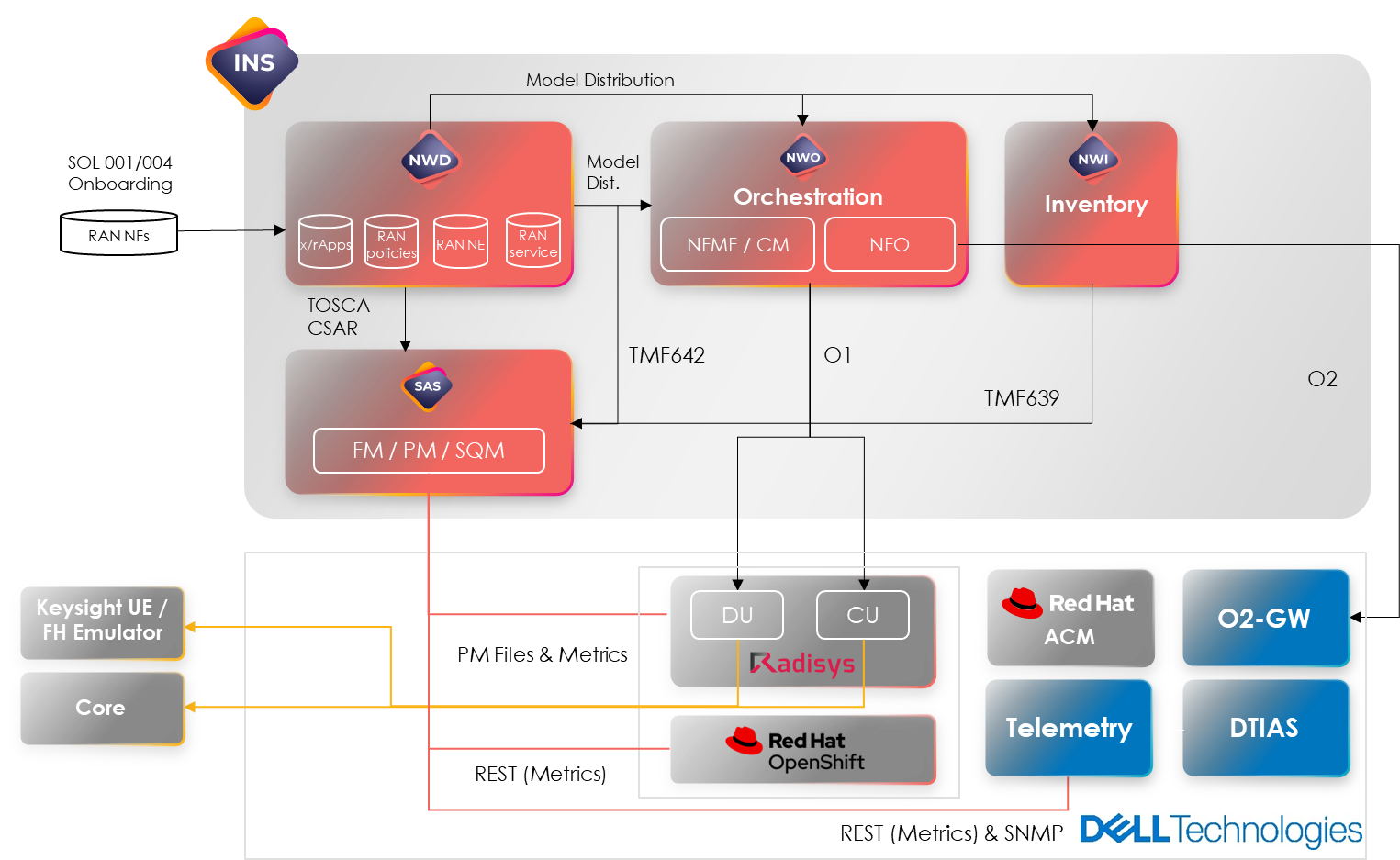
Figure 3 Vodafone O-RAN PoC blueprint
Vodafone Proof of Concept use cases
The PoC aims to showcase the seamless integration of Amdocs SMO with Dell Technologies Infrastructure Automation Suite, enabling zero-touch deployment of a RAN site. The deployment involves transitioning infrastructure from bare-metal to the cloud using a declarative approach. Once the site is deployed, Amdocs and Dell will demonstrate end-to-end implementation through a data call. Both Amdocs SMO assurance capabilities and Dell Technologies Infrastructure Automation Suite will gather and transmit various telemetry data from the infrastructure, CaaS and the RAN network functions to Amdocs SMO, facilitating real-time monitoring of alarms and events. The setup is both versatile and supports service assurance and closed-loop automation.
Roadmap to innovation
Looking ahead, Amdocs and Dell Technologies remain committed to evolving SMO and O-Cloud management in alignment with O-RAN standards, and empowering CSPs with the flexibility and agility they need for O-RAN deployment activities.
Amdocs SMO remains central to this goal, supporting a rich set of capabilities, including model-driven dynamic orchestration, service decomposition, network slicing, dynamic inventory and closed-loop SLA assurance. Importantly, we’re also investing in specific O-RAN capabilities such as O1, O2, R1, and A1 interfaces, as well as management of x/rApps and respective ML-models.
Meanwhile, Dell Telecom Infrastructure Automation Suite effectively manages the complete lifecycle of the O-Cloud, using the O2 API and RESTful APIs. Employing an open software framework with vendor-agnostic resource controllers, the Suite empowers CSPs to fully capitalize on the advantages of disaggregated infrastructure and cloud layers. It can also seamlessly configure the O-Cloud by orchestrating intricate dependencies, coordinating tasks across various infrastructure elements and cloud stacks.
Even as Amdocs and Dell Technologies solidify our positions as key players in O-RAN development, we remain equally excited to find new ways to collaborate and innovate in the ever-evolving O-RAN management landscape.








